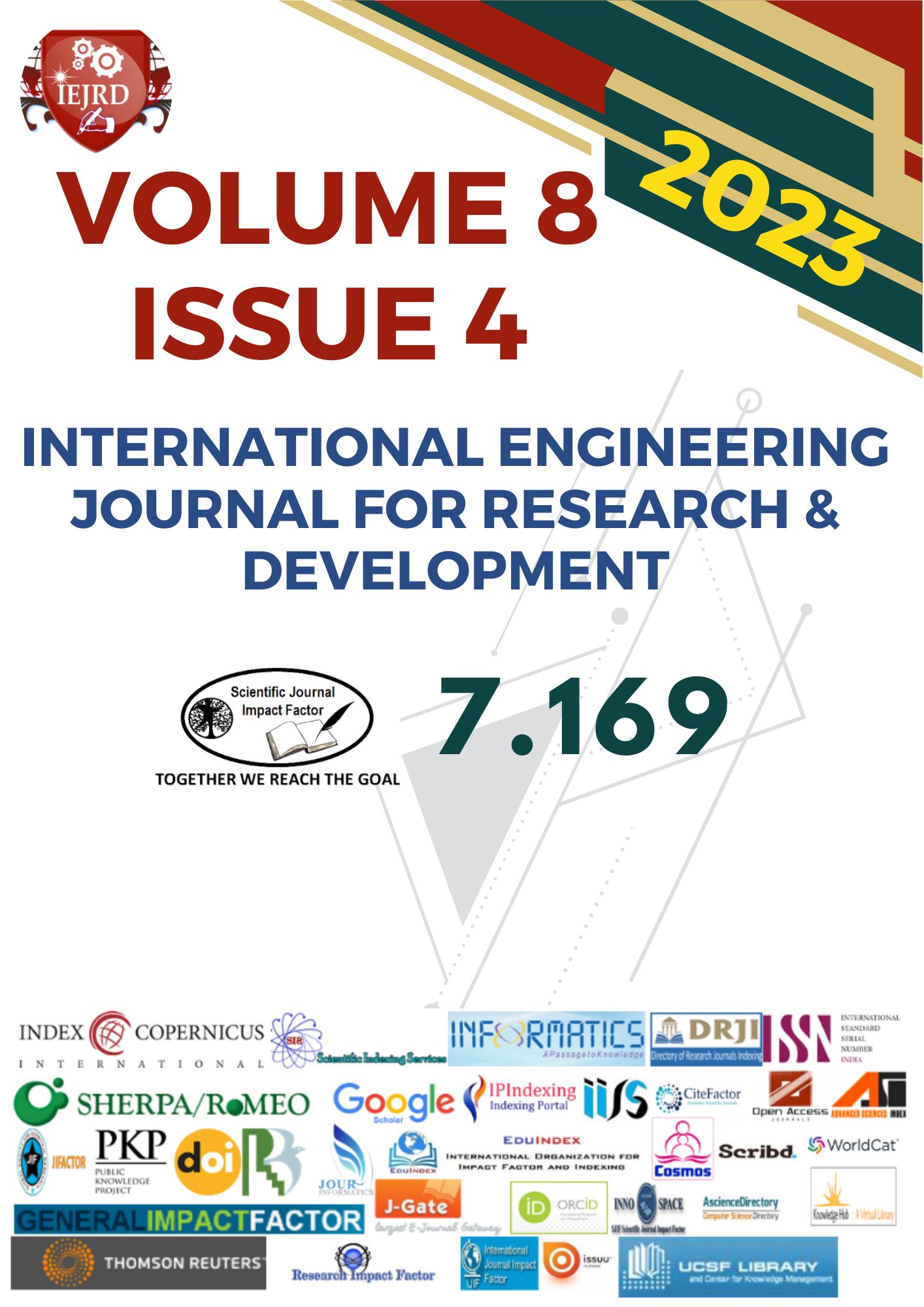DIABETES RISK ASSESSMENT USING MACHINE LEARNING: A COMPARATIVE STUDY OF CLASSIFICATION ALGORITHMS
DOI:
https://doi.org/10.17605/OSF.IO/8BXURAbstract
Diabetes is a serious health condition with high blood glucose/sugar levels. Diabetes is a chronicle disease that can cause worldwide health care crisis but we can take some steps to manage these crisis. IN Diabetes Blood sugar/glucose is the main source of energy that is drawn from the food we eat in our day to day life.
Insulin is a hormone that is produced by the pancreases in our body which helps the glucose gets into the cells which can be used for energy to perform day to day activities. When body doesn’t make enough or any insulin then glucose stays in the blood which might lead to various health problems like heart attack, strokes etc.
There are many types of diabetes like type1, type2, gestational and monogenic diabetes where type1 and type2 are the most common ones.type1 is mostly diagnosed in young adults and children and type2 is mostly diagnosed in middle-age or older group of people.
Machine learning is a scientific field here machine learn from the human experiences the aim of the project is to build a system which can predict whether the patient is diabetic or not with a high accuracy by combining result of various machine learning technique with the algorithm used like KNN, logistic regression, random forest etc.
The accuracy of the model using each algorithm is calculated then the one with more percentage of accuracy is taken as the model for predicting diabetes.
Downloads
References
Sahoo, Abhaya Kumar, Chittaranjan Pradhan, and Himansu Das. "Performance evaluation of different machine learning methods and deep-learning based convolutional neural network for health decision making." In Nature inspired computing for data science, pp. 201-212. Springer, Cham, 2020.
Prajapati, Gend Lal, and Rekha Saha. "REEDS: Relevance and enhanced entropy based Dempster Shafer approach for next word prediction using language model." Journal of Computational Science 35 (2019): 1-11.
Ambulgekar, Sourabh, Sanket Malewadikar, Raju Garande, and Bharti Joshi. "Next Words Prediction Using Recurrent NeuralNetworks." In ITM Web of Conferences, vol. 40, p. 03034. EDP Sciences, 2021.
Stremmel, Joel, and Arjun Singh. "Pretraining federated text models for next word prediction." In Future of Information and Communication Conference, pp. 477-488. Springer, Cham, 2021.
Xiaoyun, Qu, Kang Xiaoning, Zhang Chao, Jiang Shuai, and Ma Xiuda. "Short-term prediction of wind power based on deep long short-term memory." In 2016 IEEE PES Asia- Pacific Power and Energy Engineering Conference (APPEEC), pp. 1148-1152. IEEE, 2016.
Jordan, Michael I., and Tom M. Mitchell. "Machine learning: Trends, perspectives, and prospects." Science 349, no. 6245 (2015): 255-260.
Rathore A, Chauhan S, Gujral S. Detecting and predicting diabetes using supervised learning:An approach towards better healthcare for women. Int J Adv Res Comput Sci. 2017;8:1192–4.
Hassan AS, Malaserene I, Leema AA. Diabetes mellitus prediction using classification techniques. Int J Innov Technol Explor Eng. 2020;9:2080–4.
Kandhasamy JP, Balamurali S. Performance analysis of classifier models to predict diabetes mellitus. Procedia Comput Sci. 2015;47:45–51
Meng XH, Huang YX, Rao DP, Zhang Q, Liu Q. Comparison of three data mining models for predicting diabetes or prediabetes by risk factors. Kaohsiung J Med Sci. 2013;29:93–9.21.
Nai-Arun N, Moungmai R. Comparison of classifiers for the risk of diabetes prediction. Procedia Comput Sci. 2015;69:132–42.22.
Saravananathan K, Velmurugan T. Analyzing diabetic data using classification algorithms in data mining. Indian J Sci Technol. 2016;9:1–6.23.
Kumari VA, Chitra R. Classification of diabetes disease using support vector machine. Int J Eng Res Appl. 2013;3:1797–801.
Kavakiotis I, Tsave O, Salifoglou A, Maglaveras N, Vlahavas I, Chouvarda I. Machine learning and data mining methods in diabetes research. Comput Struct Biotechnol J. 2017;15:104–16.
Rawat V, Suryakant S. A classification system for diabetic patients with machine learning techniques. Int J Math Eng Manag Sci. 2019;4:729–44
Downloads
Published
How to Cite
Issue
Section
License
Copyright (c) 2023 IEJRD

This work is licensed under a Creative Commons Attribution-NonCommercial-NoDerivatives 4.0 International License.






















